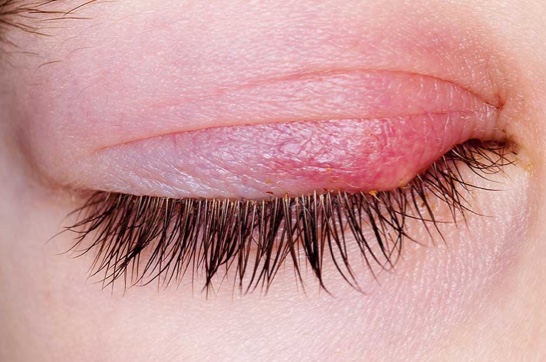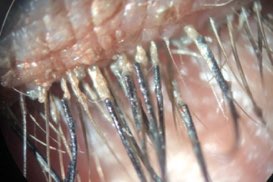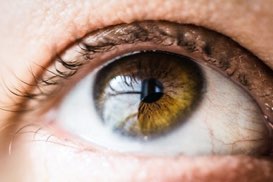by Moon J, Kim K, Moon N.
BMC Ophthalmology 2016;16:188
Researchers from Korea investigated risks and protective factors associated with pediatric dry-eye disease in relation to smartphone use rate, categorized by region and age.
They enrolled 916 children in the study and performed an ocular exam that included a slit lamp exam and tear breakup time. Researchers also administered a questionnaire to children and their families, inquiring about video display terminal use and outdoor activity. DED was defined based on the International Dry Eye Workshop guidelines, looking specifically at punctate epithelial erosion and short tear breakup time. Children were divided into: DED vs. control; urban vs. rural; younger grade (1st to 3rd) vs. older grade (4th to 6th).
A total of 6.6 percent of children were included in the DED group; 8.3 percent of children in the urban group were diagnosed with DED compared to 2.8 percent in the rural group (p=0.03). The rate of smartphone use was 61.3 percent in the urban group and 51 percent in the rural group (p=0.04). In total, 9.1 percent of children in the older-grade group were diagnosed with DED compared to 4 percent in the younger-grade group (p=0.03). The rate of smartphone use was 65.1 percent in older-grade children and 50.9 percent in younger-grade children (p<0.001). The mean daily duration of smartphone use was longer in the DED group than controls (p< 0.001, OR= 13.07), and the mean daily duration of outdoor activities was shorter in the DED group than controls (p<0.01, OR=0.33). After cessation of smartphone use for four weeks in the DED group, both subjective symptoms and objective signs had improved.
While smartphone use in children was strongly associated with pediatric DED, outdoor activity appeared to be protective against it. Older-grade students in urban environments had DED risk factors and a short duration of outdoor activity time. Therefore, the researchers say, close observation and caution are needed when older children in urban areas use smartphones, as they are more likely to develop pediatric DED.








